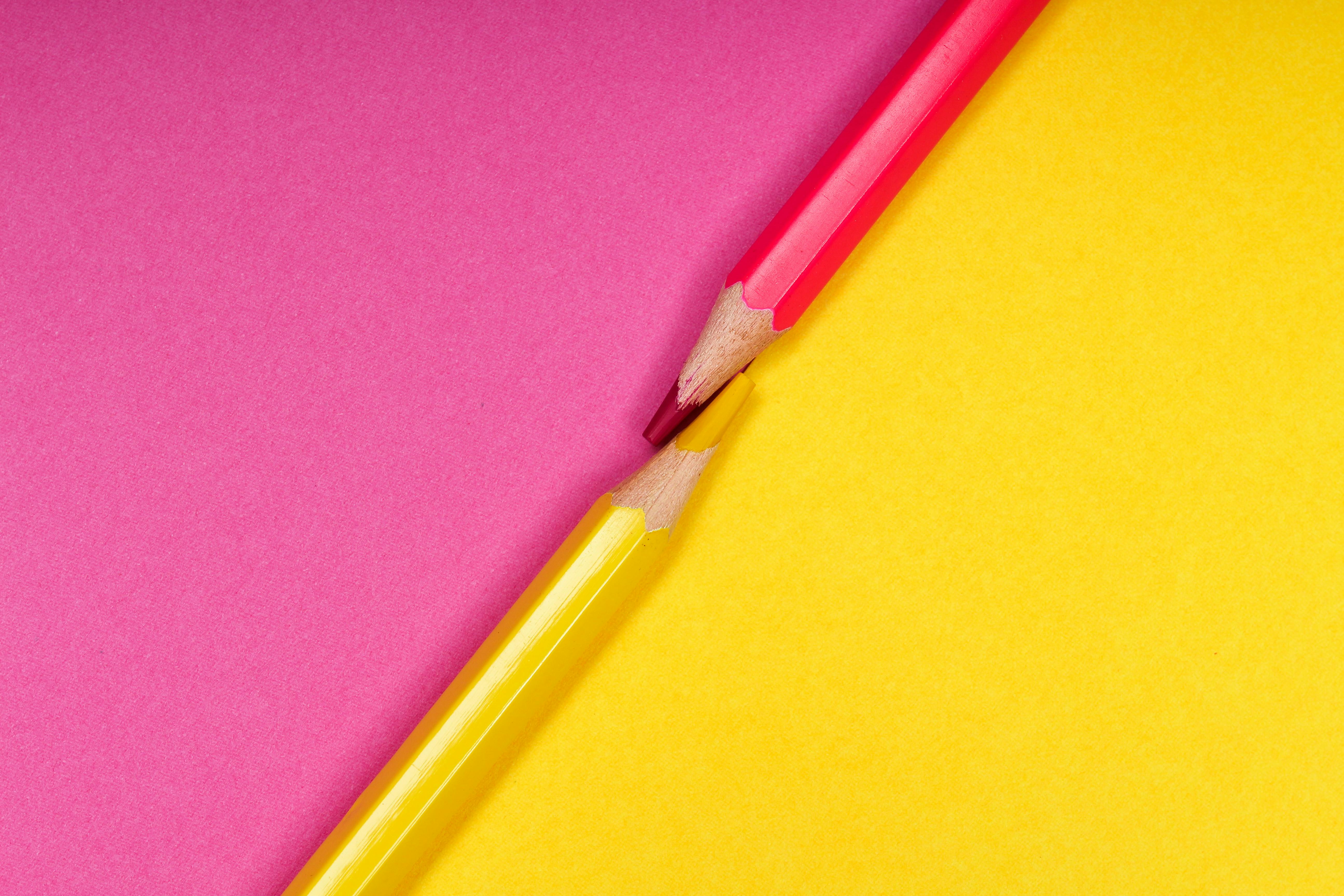
📸 Unleashing the Power of Composition in Photography: A Guide to Captivating Visual Storytelling 📸
Image from Petapixel
Photography is not merely about capturing a moment; it's an art form that allows us to tell compelling stories through visual imagery. While technical skills and equipment play a crucial role, mastering the art of composition is what truly sets apart exceptional photographers. In this informative piece, we will explore the importance of composition in photography and provide you with valuable insights and techniques to enhance your visual storytelling skills.
1️⃣ Understanding Composition: Composition refers to the arrangement and organization of elements within a photograph. It involves making deliberate choices about what to include, exclude, and emphasize in your frame. By understanding the fundamental principles of composition, you can guide the viewer's eye, convey emotions, and create a harmonious visual balance that engages and captivates.
2️⃣ Rule of Thirds: The rule of thirds is a widely recognized and applied composition technique. Imagine dividing your frame into a 3x3 grid, with two horizontal and two vertical lines. The rule suggests placing key elements or points of interest along these lines or at their intersections. By doing so, you introduce a sense of balance, tension, and visual flow, resulting in a more dynamic and engaging composition.
3️⃣ Leading Lines: Utilizing leading lines is a powerful way to guide the viewer's gaze and create depth in your photographs. These lines can be natural or man-made, such as roads, rivers, or architectural features. By strategically incorporating leading lines, you can direct attention towards your main subject, create a sense of movement, and add visual interest and depth to your composition.
4️⃣ Framing and Layering: Framing is a technique where you use elements within your scene to create a frame around your subject. It can be done with doorways, windows, foliage, or any other object that surrounds and directs attention to your main subject. Similarly, layering involves incorporating multiple elements in the foreground, middle ground, and background to create a sense of depth and dimension. These techniques add context, visual interest, and a three-dimensional feel to your photographs.
5️⃣ Balance and Symmetry: Achieving a sense of balance and symmetry in your composition can create a pleasing and harmonious visual impact. Symmetry occurs when elements on one side of the frame mirror those on the other, while balance is the distribution of visual weight within your frame. Experiment with symmetrical subjects or seek balance through the placement of contrasting elements to create a visually satisfying composition.
6️⃣ Negative Space: Negative space refers to the empty or unoccupied areas in your photograph. It plays a crucial role in composition as it allows your subject to breathe and stand out. Embracing negative space can convey a sense of minimalism, tranquility, or solitude. By giving your subject room to breathe, you create a stronger focal point and evoke emotions more effectively.
7️⃣ Patterns and Textures: Patterns and textures add visual interest and create a dynamic composition. Look for repetitive elements, such as lines, shapes, or colors, that can be found in your scene. These patterns can provide a sense of rhythm, order, and visual impact. Additionally, textures can add depth and tactile qualities to your photographs, making them more immersive and engaging.
8️⃣ Rule Breaking: While understanding the principles of composition is essential, don't be afraid to break the rules and experiment creatively. Rules are meant to be a guide, not a rigid framework. Embrace your artistic intuition and explore unconventional angles, perspectives, and compositions. By breaking the rules, you can discover unique and impactful ways to express your vision and create extraordinary photographs.
Remember, mastering composition in photography is a journey of exploration and growth. It requires practice, observation, and a willingness to experiment. Here are a few additional tips to further develop your composition skills:
9️⃣ Perspective and Depth: Change your perspective to add depth and interest to your compositions. Get low to the ground or find an elevated vantage point to offer a fresh and unique view of your subject. Experiment with different focal lengths and apertures to create a sense of depth in your photographs.
🔟 Rule of Space: The rule of space refers to giving your subject or the main point of interest in your photograph room to "breathe" or move within the frame. Leave empty space in the direction your subject is facing or moving, providing a visual cue that creates a sense of balance and anticipation.
🔟 Color and Contrast: Pay attention to the colors and contrasts within your composition. Bold and vibrant colors can attract attention, while complementary or contrasting colors can create visual harmony or add dramatic impact. Use color theory to guide your choices and evoke specific emotions.

Image Tamanna Rumee - Pexels
🔟 Simplify and Declutter: Sometimes, less is more. Simplify your composition by removing distracting elements and focusing on the essential elements that tell your story. Decluttering your frame can bring more emphasis to your subject and create a cleaner, more impactful composition.
🔟 Experiment with Framing Formats: Explore different framing formats, such as portrait (vertical) or landscape (horizontal), to enhance the visual impact of your subject. Each format has its own strengths and can evoke different moods and emotions. Choose the format that best complements your subject and the story you want to convey.
🔟 Post-Processing Considerations: While composition primarily refers to how you frame your shot, post-processing can also play a role in enhancing your composition. Pay attention to aspects like cropping, exposure adjustments, and color corrections to fine-tune your composition and emphasize key elements.
In conclusion, composition is the language of visual storytelling in photography. Mastering the art of composition empowers you to create captivating and impactful images that resonate with viewers. By understanding and applying the principles of composition, experimenting with different techniques, and embracing your creative intuition, you can elevate your photography to new heights. So, grab your camera, explore the world around you, and let the power of composition unleash your artistic vision.
📸✨ Unleash your creative potential and tell captivating stories through the art of composition! ✨📸

